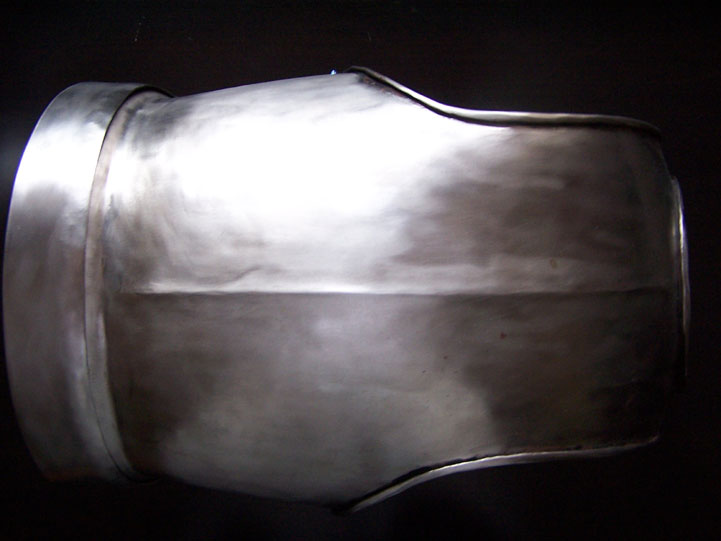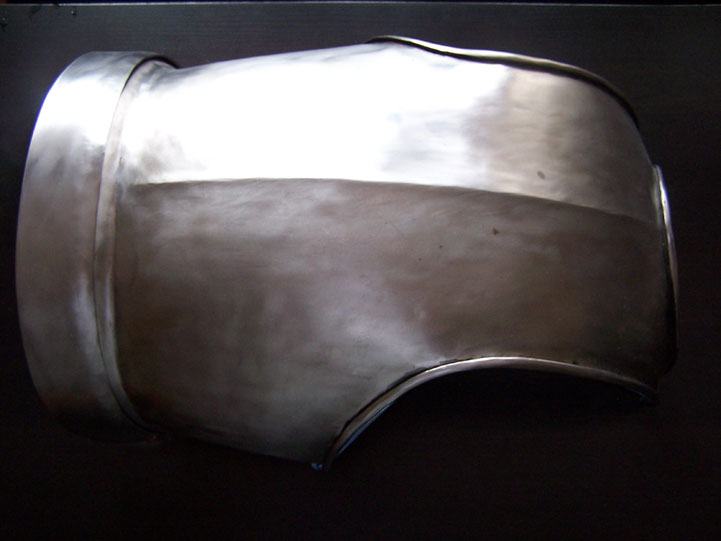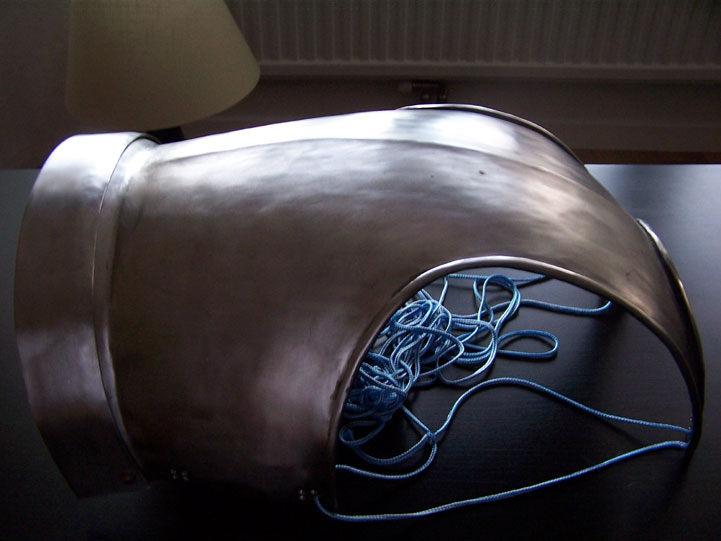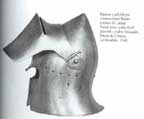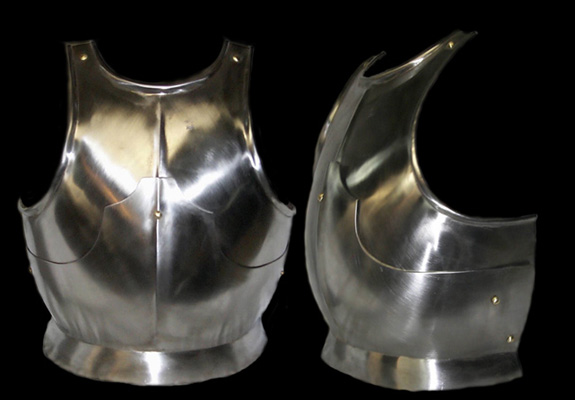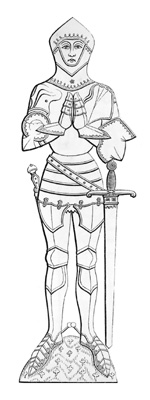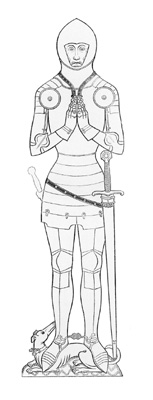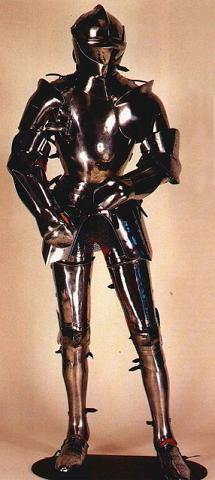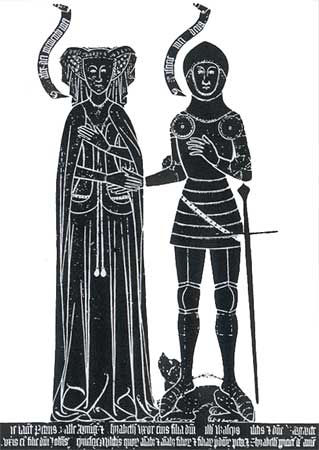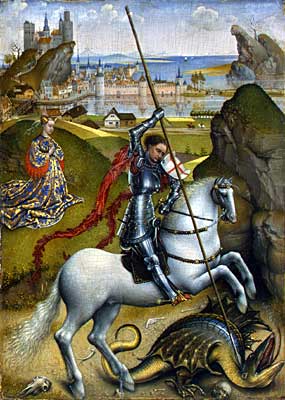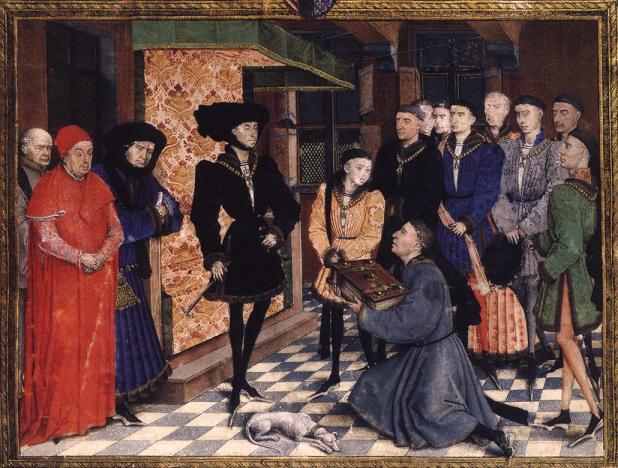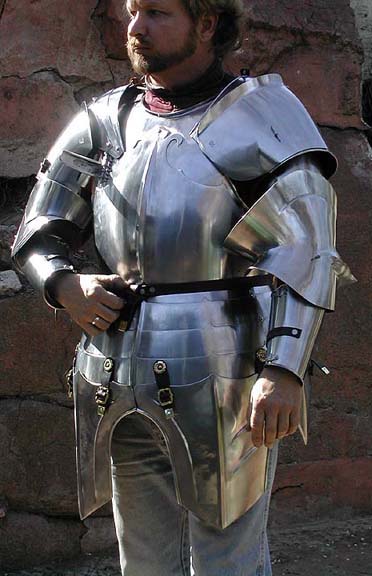I have been lurking here for some time and learnt a lot, and have gotten many good references. Hope to be able to give back some time, but as it is now I post in order to get a couple of questions sorted out.
I started building this breastplate in order to get a piece that would work well to fence in (compared to my previous attempts at building breastplates): It stretches over the shoulders and made in a single piece in order to transfer blows from shoulders and chest to the waist. High waist to allow good movement of upper body and wide room for the arms. The breastplate is made in 2mm mild steel, and has been left rough. Worked cold and annealed once (I will never work cold again..).
So I initially didn't have a lot of thought on fitting a clear period in time, I had seen similar designs from the Pistoia alterpiece through the Fiore Dei Liberi manual to gothic pieces. But now I would like to make a decision as to which period I want the breastplate to be from. The most important criterion is that it should be from the first half of the 15th century. As it happens I have found a picture of a helm that I really like, presumably from that timeframe, and I want the breastplate to match it (when I become skilled enough to make such a helm..).
So I have two questions: I have already found out in another thread here that it is a: "[..] 15th century helm, most likely 1425-1450. It is of Italian style, but could have possibly been made elsewhere. The visor does not belong to it and is now displayed as a seperate and distinct piece." ("Early Bascinet Visors?" http://www.myArmoury.com/talk/viewtopic.php?t...larm%E9e), my first question is if anyone has any more information, such as a narrower date range and more pictures?
The second question is: Given the information on this helmet that I have already seen on this forum and on information that I have missed but that some of you probably have, how could I adapt the breastplate to match the date and area of the helmet? (About how wide lames and how many? Likelihood of being covered in cloth? How about the center ridge? Can I wear it without a backplate and with mail under?)
Really thankful for your time!
/Daniel S.
